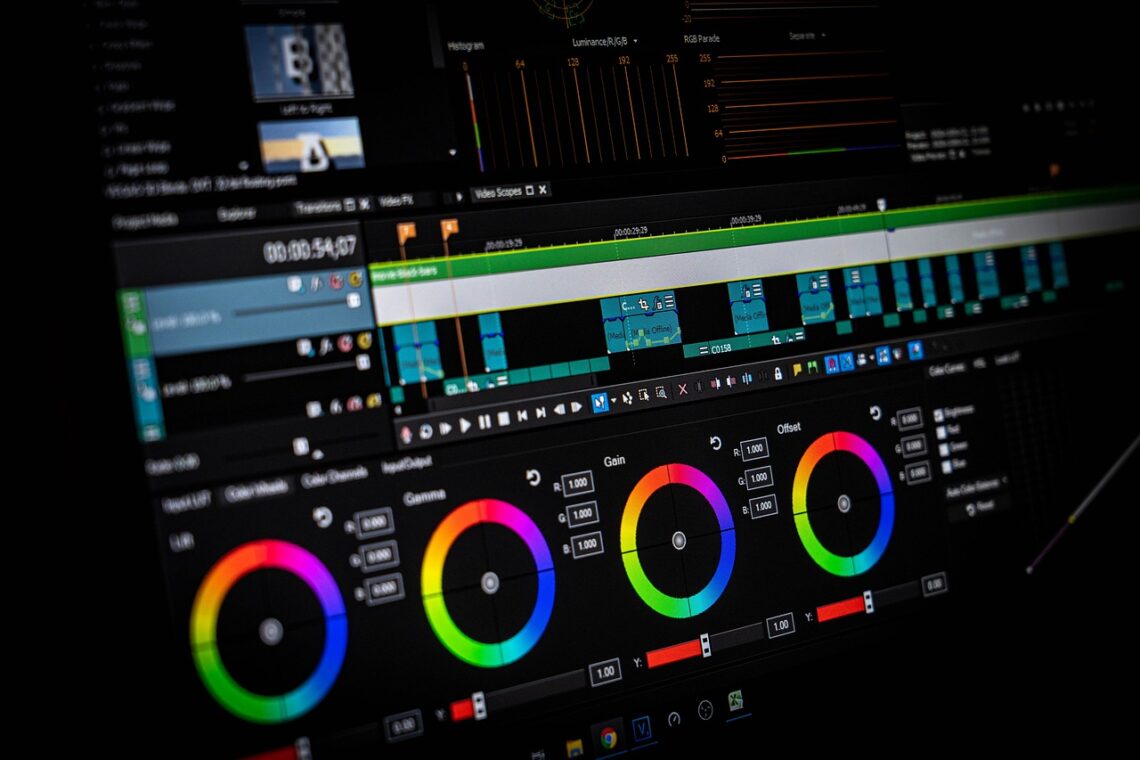
Video Editing Like a Pro: Essential Tools and Techniques
Video content stands out as a powerful medium for storytelling, marketing, and entertainment. Whether you’re an aspiring filmmaker, a social media influencer, or a business owner, mastering video editing is crucial to creating compelling and professional content. In this blog post, we’ll explore the essential tools and techniques that can help you edit videos like a pro, ensuring your content is engaging, polished, and ready to capture your audience’s attention.
Why Video Editing Matters
Before diving into the tools and techniques, it’s important to understand why video editing is so vital. Editing is where the magic happens—it’s where raw footage is transformed into a cohesive and captivating story. Good editing can enhance the narrative, evoke emotions, and keep viewers engaged. It’s not just about cutting scenes together; it’s about crafting a visual and auditory experience that resonates with your audience.
Essential Video Editing Tools
To edit videos like a pro, you’ll need the right tools. Here are some of the most popular and effective video editing software options available:
1. Adobe Premiere Pro
Adobe Premiere Pro is a leading video editing software used by professionals worldwide. It offers a comprehensive suite of tools for editing, color correction, audio mixing, and visual effects. Its integration with other Adobe Creative Cloud apps, like After Effects and Photoshop, makes it a versatile choice for advanced editing projects.
2. Final Cut Pro X
Exclusive to Mac users, Final Cut Pro X is a powerful video editing software known for its intuitive interface and robust features. It’s ideal for both beginners and experienced editors, offering advanced tools like magnetic timelines, multi-cam editing, and high-end color grading.
3. DaVinci Resolve
DaVinci Resolve is renowned for its industry-leading color correction capabilities. It’s a powerful tool that combines professional editing, color correction, visual effects, and audio post-production all in one software. The free version of DaVinci Resolve offers a wide range of features, making it accessible for editors on a budget.
4. iMovie
For those just starting out, iMovie is a user-friendly video editing software available for Mac and iOS devices. It provides essential editing tools and is perfect for creating simple, yet professional-looking videos. Its seamless integration with other Apple products makes it a convenient choice for Mac users.
Essential Video Editing Techniques
Having the right tools is just the beginning. Mastering essential editing techniques will elevate your videos and give them a professional touch. Here are some key techniques to focus on:
1. Cutting on Action
Cutting on action involves transitioning between shots by matching the movement or action of a subject. This technique creates a seamless flow and maintains the viewer’s engagement. For example, if a character is opening a door, cut to a shot from the other side of the door as they complete the action. This keeps the motion fluid and natural.
2. Utilizing B-Roll
B-roll footage is supplemental or alternative footage that adds depth and context to your main shots. Incorporating B-roll can help illustrate points, cover edits, and keep the audience visually stimulated. Use B-roll to break up long takes or to add visual interest to narration.
3. Mastering Transitions
Transitions are key to creating smooth and cohesive videos. While there are many fancy transitions available, it’s important not to overdo it. Stick to simple cuts, fades, and dissolves unless a specific transition style enhances your storytelling. Overusing flashy transitions can distract from the content.
4. Color Correction and Grading
Color correction involves adjusting the colors in your footage to make them appear natural and consistent. Color grading, on the other hand, is the process of enhancing and stylizing the color palette to create a specific mood or aesthetic. Both are crucial for achieving a polished and professional look. Tools like Adobe Premiere Pro and DaVinci Resolve offer advanced color correction and grading features.
5. Sound Design
Sound design is often overlooked but is a vital aspect of video editing. Clear dialogue, balanced background music, and impactful sound effects can significantly enhance the viewer’s experience. Use audio editing tools to remove background noise, adjust volume levels, and synchronize sound with visuals. Adding subtle sound effects can also enhance the realism of your scenes.
6. Titles and Graphics
Adding titles, lower thirds, and graphics can provide essential information and add a professional touch to your videos. Use motion graphics software like Adobe After Effects or simple text tools within your editing software to create clean and readable titles. Ensure that the text complements your video’s style and doesn’t overwhelm the visuals.
Conclusion
Mastering video editing requires a combination of the right tools and a keen understanding of essential techniques. Whether you’re using industry-standard software like Adobe Premiere Pro or a beginner-friendly option like iMovie, the principles of good editing remain the same. By focusing on seamless cuts, effective use of B-roll, thoughtful transitions, meticulous color correction, precise sound design, and clean titles, you can create videos that not only capture attention but also leave a lasting impact. Start applying these techniques today, and watch your video production skills reach new heights.




